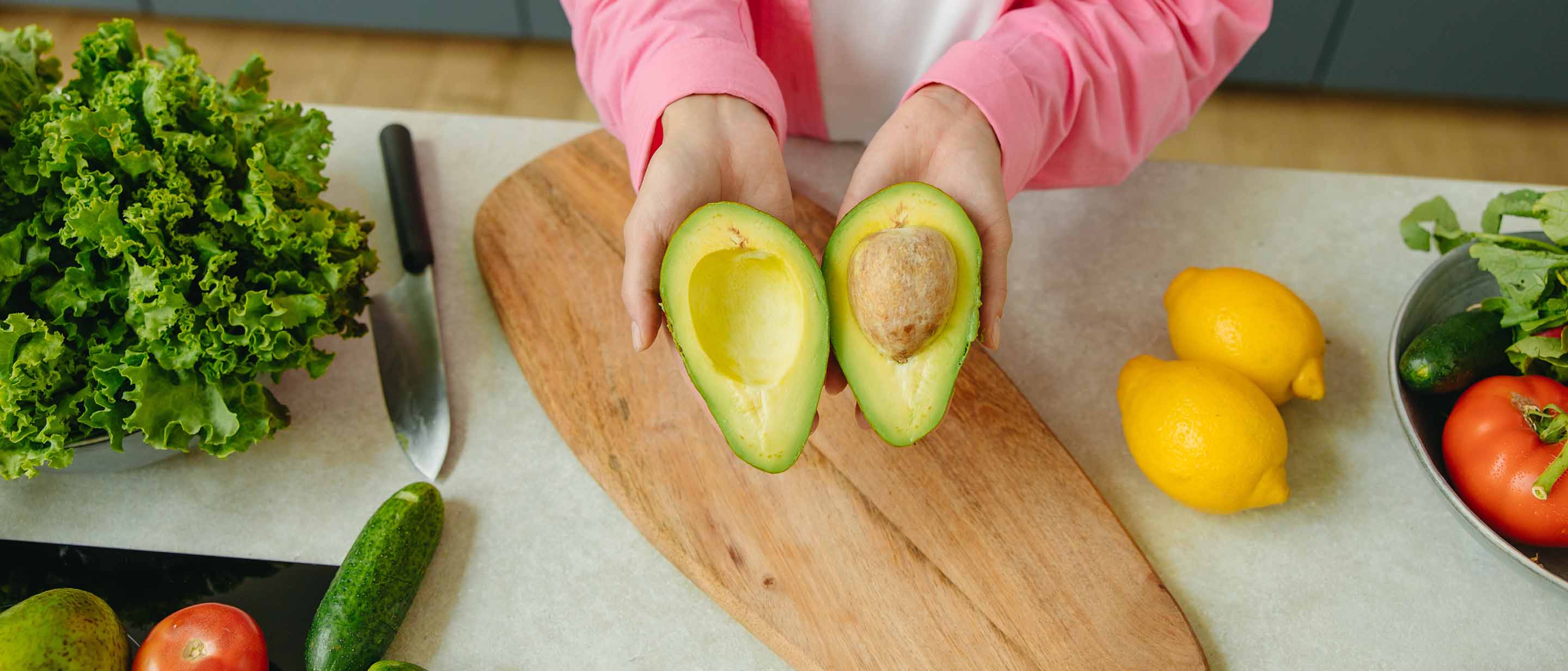When it comes to healthy aging, managing metabolism is a priority. Many lifetime optimizers are looking to diet — specifically low-carbohydrate and ketogenic (keto) diets — to optimize their health, energy, vitality, and strength.
But how do you measure the effectiveness of a ketogenic diet to determine if you’re on the right path toward your goals? One way to do this is to measure your levels of ketones.
What are ketones?
Ketones are molecules produced by the liver when you are in a fat-burning state known as ketosis. Ketosis occurs in response to a very low-carbohydrate diet and prolonged fasting. Alternatively, blood ketones can be elevated by ingesting exogenous ketone drinks (like Metabolic Switch®).

Metabolic Switch® DrinkSHOP NOW |

Metabolic Switch® PowderSHOP NOW |
Why you should measure ketones
Measuring ketones may sound like a hassle, but there are several reasons why you should regularly track and measure your ketones.
Measuring ketones can tell you whether your keto diet is working and which foods are or are not suitable for your lifestyle regimen. Understanding your individual ketone response to diet can help you find the right balance of what to eat and when to eat.
Ketone testing is also one way to test the effectiveness of exogenous ketone drinks that you might be using as part of a healthy lifestyle regimen. This is how scientific studies test the efficacy of exogenous ketones like Metabolic Switch®.
Next, we will describe the three most popular methods for measuring ketones.
Urine ketone testing
One method of measuring ketones is urine ketone testing. With this method, you use special test strips that analyze levels of the ketone body acetoacetate in your urine — the color on the strip will indicate your level of ketosis.
- Advantages
- Quick and easy
- Affordable
- Disadvantages
- Strips provide a range of your ketone levels rather than an exact reading of ketones
- Urine ketones may not accurately reflect blood ketones, especially in long-term keto dieters who may use ketones rather than excrete them
- Influenced by hydration status
Blood ketone testing
A more precise way to measure ketones involves testing for levels of the ketone beta-hydroxybutyrate in your blood.
Measuring blood ketones involves a similar process to that of measuring blood glucose. You stick your finger, touch a test strip to a drop of blood, and let your ketone meter do the rest.
- Advantages
- Most robust method to detect rapid changes in ketones
- Disadvantages
- Test strips are expensive
- Requires a finger prick to draw blood
Breath ketone testing
Breath ketone testing is the newest way to test and involves measuring levels of ketones in the breath using a breath ketone meter.
Breath ketone meters measure levels of the ketone body acetone. They work like a breathalyzer that analyzes the alcohol content in one’s body through their breath — but for ketones!
- Advantages
- Easy to use
- Doesn’t require test strips
- Allow testing anywhere
- Non-invasive
- Disadvantages
- Rise in breath acetone levels is significantly slower than blood levels of BHB, so breath meters may be “delayed” by 1-2 hours in detecting ketosis
The “feel” test
Not too keen on purchasing a device dedicated to measuring ketones? Another way that you can assess whether or not you are in ketosis is through self-assessment of how you feel.
Ketones are a powerful energy source for the brain and muscles, and while everyone is different, some people report being able to “feel” when they are in a state of ketosis without the need to use a meter.
- Advantages
- No-cost
- Disadvantages
- Subjective
Measure and manage
While the above information can be used to help guide your keto lifestyle, it should not be used to direct medical care or replace a consultation with your healthcare practitioner.
No matter the method you use, measuring ketones can be a good idea if you are just beginning a keto diet or experimenting with exogenous ketone drinks. If that sounds like you, we’ve got the advice you need to successfully begin your keto journey.





Leave a comment
This site is protected by hCaptcha and the hCaptcha Privacy Policy and Terms of Service apply.